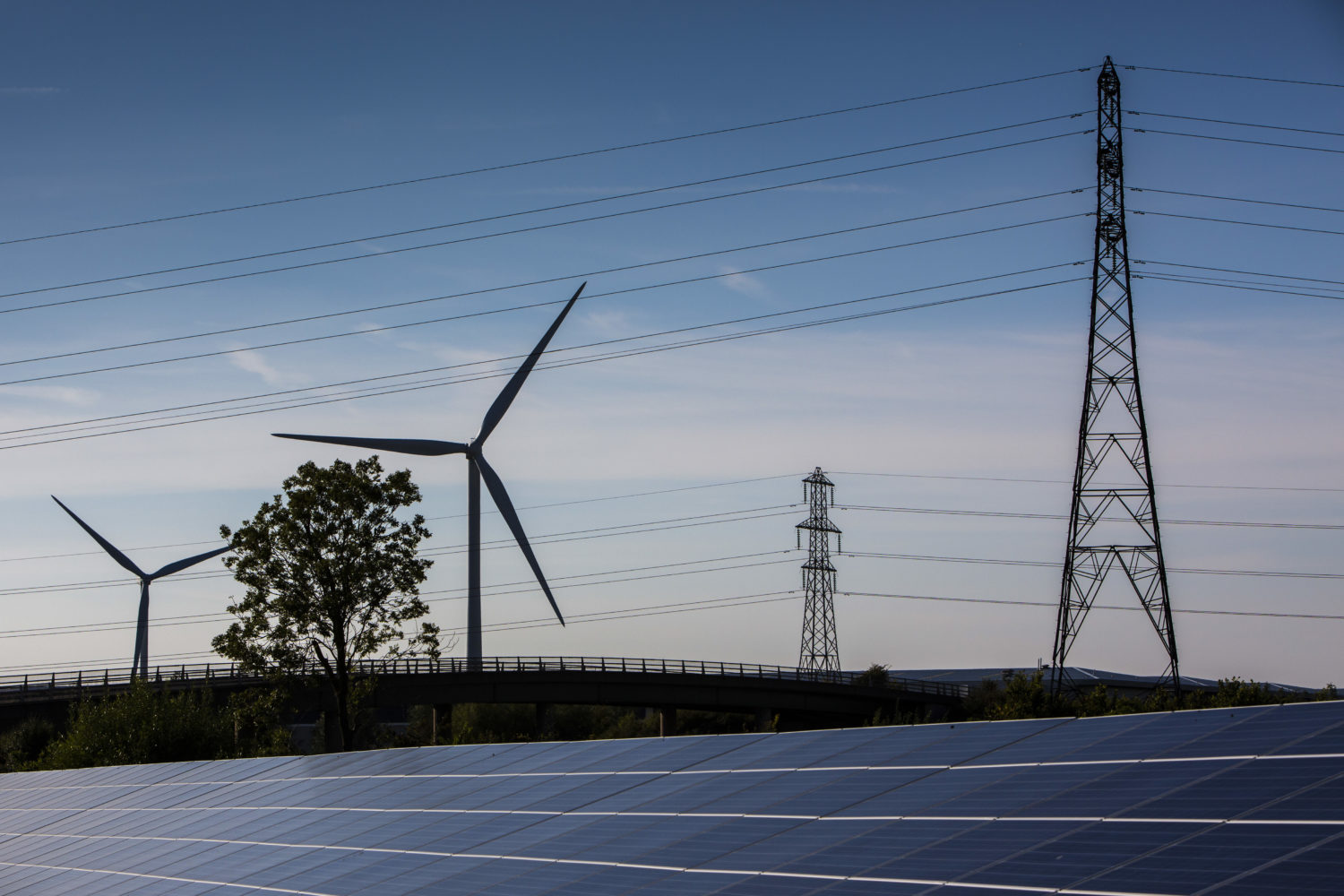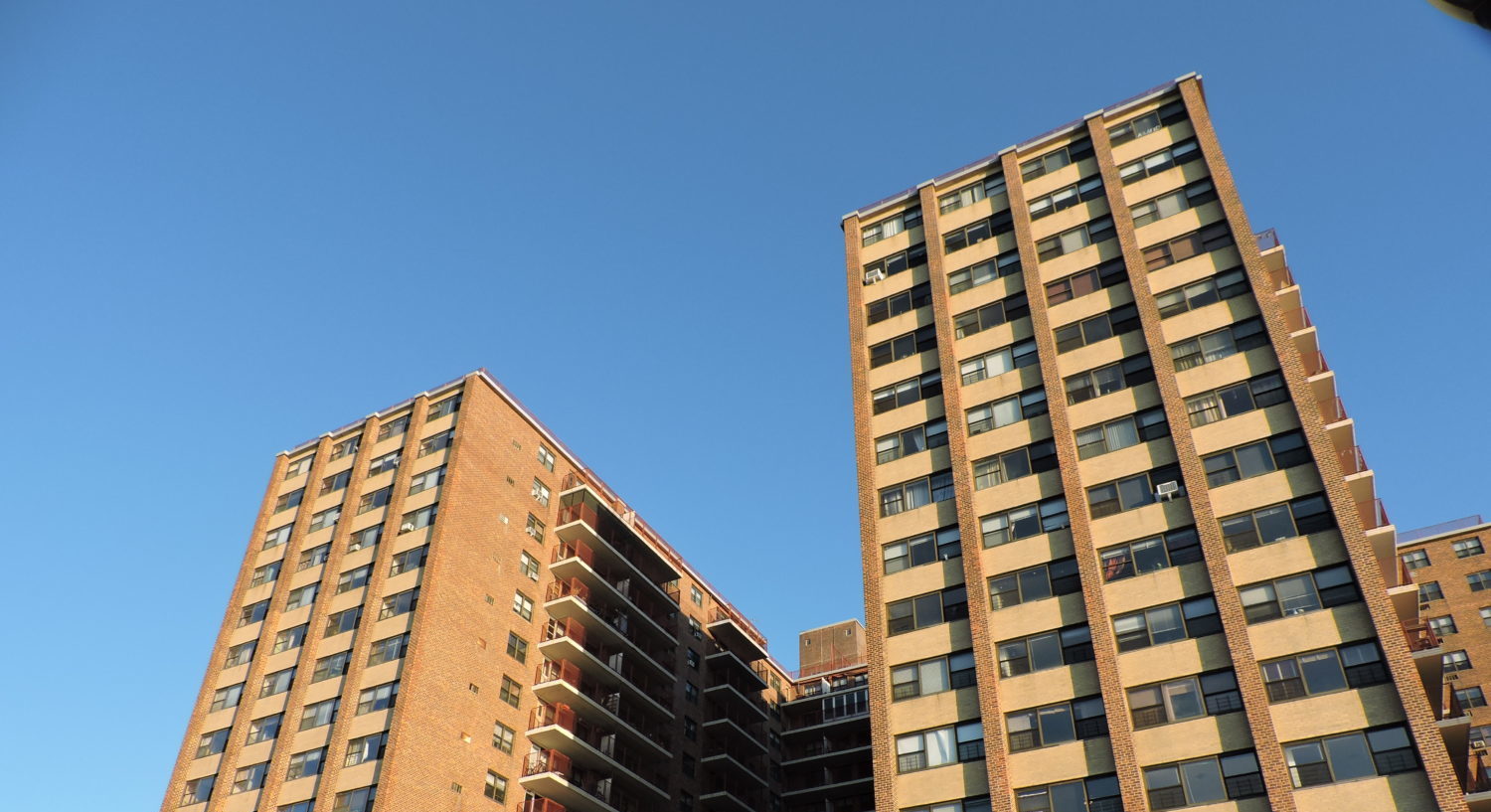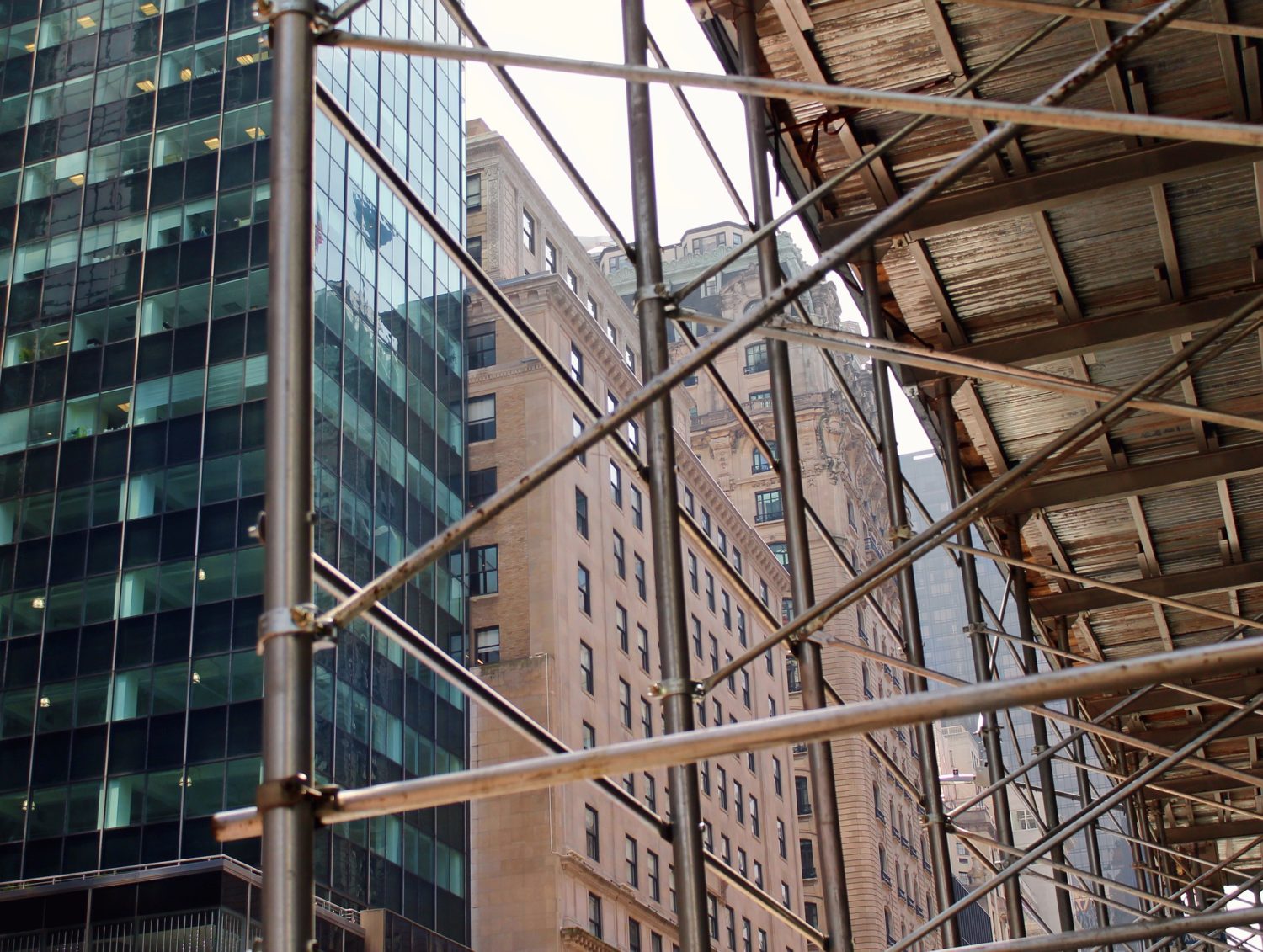envelope
The building envelope affects occupant comfort and energy costs more than any other building system.
Efforts to optimize energy performance in buildings often focus on improving individual components, like selecting high efficiency mechanical equipment. A more holistic approach includes a focus on driving down the basic demand for energy and understanding how all systems interact with one another. High performance building envelopes are key to this more holistic approach as they can significantly improve the overall comfort and energy performance across the lifespan of the building.
key benefits
- mitigates drafts and uneven temperatures
- improves indoor air quality
- lowers heating and cooling bills
- reduces noise, odors, and pests
- improves building durability and longevity
benefits of building high performance
Airtightness, high performance glazing, continuous insulation, and thermal bridge mitigation work synergistically to create high performance building envelopes that deliver practicality, longevity, quality, ease of maintenance, and superior comfort.
 health & comfort
health & comfort
- airtightness improves indoor acoustics and controls odors
- the regulation of temperature and elimination of hot and cold spots dramatically improves thermal comfort
- daylight and access to views helps increase occupant wellbeing and productivity
- when paired with ventilation, a high performance building envelope controls airflow and delivers fresh, filtered air into interior spaces, improving occupant health
- high performance building envelopes reduce condensation and protect against mold and moisture damage
- quality construction prevents pests from entering the building
- investing in a high performance building envelope reduces recurring maintenance and replacement costs related to mechanical equipment
- rising demand for healthy, comfortable, and sustainable buildings increases value of high performance building envelopes
- incentives and investment programs lower first cost
- good craftsmanship and investment in quality materials lowers maintenance and replacement costs
A high performance envelope can be made using nearly any type of construction, whether it is mostly opaque walls with a series of windows or curtain walls of mostly glass, so long as the following strategies are achieved
An airtight building is critical to efficiency and comfort. Airtightness is achieved by wrapping an air barrier around the entire building and ensuring that transitions between windows, doors, glazing units, air vents, and other envelope openings are well-sealed. An airtight building helps keep out noise, odors, and pests, and improves energy performance by reducing air leakage and drafts.
airtightness


The building envelope affects occupant comfort and energy costs more than any other building system.
Efforts to optimize energy performance in buildings often focus on improving individual components, like selecting high efficiency mechanical equipment. A more holistic approach includes a focus on driving down the basic demand for energy and understanding how all systems interact with one another. High performance building envelopes are key to this more holistic approach as they can significantly improve the overall comfort and energy performance across the lifespan of the building.
key benefits
- mitigates drafts and uneven temperatures
- improves indoor air quality
- lowers heating and cooling bills
- reduces noise, odors, and pests
- improves building durability and longevity
A building’s airtight layer is made up of a series of materials that fall into the following three categories:
Components
- an airtight membrane that makes up the bulk of the air barrier surface
- pre-manufactured elements like windows and doors
- air barrier accessories, such as tape, caulk, flexible boots, and other sealants that seal transitions between the airtight membrane and premanufactured elements or building penetrations.


